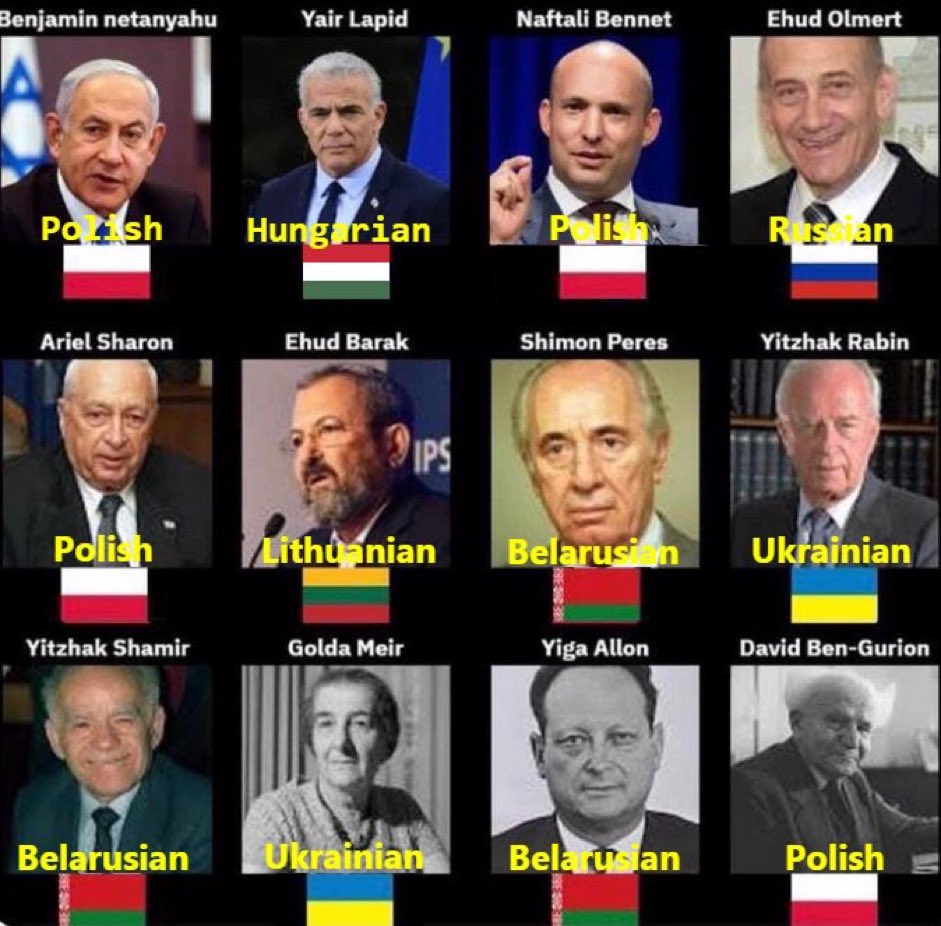This analysis presents a nuanced and critical perspective on the historical and contemporary dynamics between Mizrahi and Sephardi Jews, Palestinians, and Israel’s current political leadership.
Mizrahi (Middle Eastern and North African) and Sephardi (originally Spanish, later Middle Eastern) Jews have lived alongside Palestinians and Arabs for centuries, sharing cultural, linguistic, and neighborly ties. These Jewish communities are historically documented as viewing Palestinians as humans and neighbors, in contrast to narratives that dehumanize them as “terrorists, monsters, or vermin.”
Historically, Mizrahi and Sephardi Jews moderated or resisted the more aggressive aspects of the Zionist agenda, particularly its Ashkenazi-led, European-centric vision. In previous Israeli governments, their influence helped temper extreme policies, fostering a more inclusive approach toward Palestinians, as seen in political actions during the 1990s under leaders like Yitzhak Rabin.
Under Benjamin Netanyahu’s leadership, Israel’s government—dominated by right-wing Zionist extremists such as Bezalel Smotrich and Itamar Ben-Gvir, who are predominantly of Eastern European (Ashkenazi) descent—has shifted toward a policy characterized as aggressive toward Palestinians. This includes military operations in Gaza, resulting in over 41,000 Palestinian deaths by March 2025 (based on trends from 2023–2024 data reported by the Gaza Health Ministry and international NGOs), and rhetoric that dehumanizes Palestinians, such as calls for the “erasure” of Palestinian villages or shooting Palestinians “on sight.”
Netanyahu (originally Mileikowsky) and Smotrich, with their direct Eastern European roots, exemplify a leadership class with significant Ashkenazi heritage, contrasting with the historical coexistence of Mizrahi/Sephardi Jews and Palestinians. This aligns with critiques, such as those in the referenced X post, of a specific group of European-descended Jews driving policies perceived as genocidal or unjust.
Recent Israeli elections (likely referring to those in 2022 or hypothetical 2024/2025 trends) have seen a decline in Mizrahi and Sephardi moderating influence, with parties like Shas aligning with Netanyahu’s coalition. This shift has contributed to a trajectory of extreme policies in Gaza and the West Bank, including settlement expansion and potential annexation, amid international accusations of genocide, as evidenced by the International Court of Justice’s (ICJ) investigation launched in 2024.
The analysis underscores a stark contrast between the historical harmony of Mizrahi/Sephardi Jews and Palestinians and the current government’s aggressive, dehumanizing approach, rooted in a specific Ashkenazi-led Zionist ideology. It reflects concern about Israel’s direction and its impact on Palestinian lives, while acknowledging the complexity of Jewish identity and politics within Israel.
